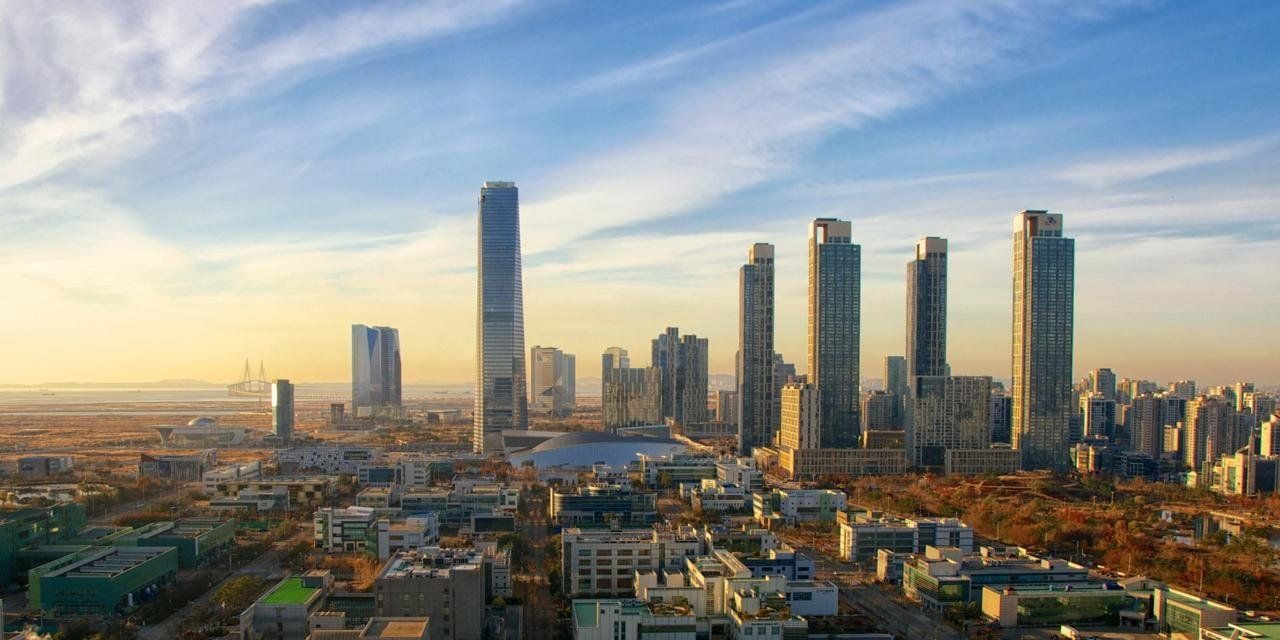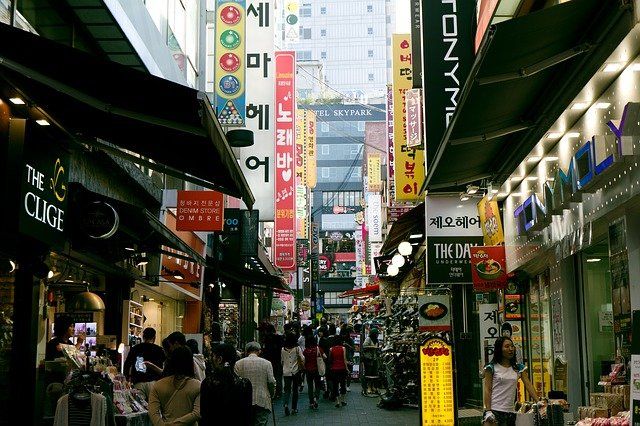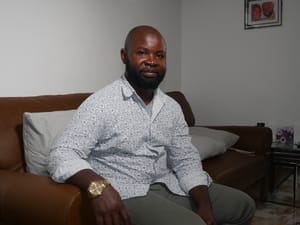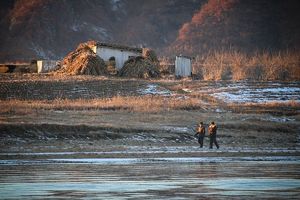
Area: 38,200 square miles. North Korea forms the northern boundary.
Environment: Mainly mountainous, with a steep eastern coastline. The western coast has many islands and natural harbours. Most people live in the southern and western coastal areas. The climate is continental.
Population: 45 million (99% Korean); 11 million in Seoul (capital), 4.3 million in Pusan (main port) and 2.3 million in Taegu. Millions have immigrated from North Korea, but many have emigrated from South Korea to Japan and the USA.
Life expectancy: Men 68 years, women 74 years.
Literacy: 92%.
Economy: Urbanization 84%. Originally an agricultural economy, rapid industrialization has taken place since the Korean War. Exports include electrical and electronic goods, footwear and textiles. There is a large fishing fleet. South Korea is facing at present a massive fiscal and economic crisis, which has resulted in heavy intervention from the IMF.

Religions: Buddhist 28%; non-religious/other 20%; Shamanist 10%; Confucianist 2%; new syncretistic religions 7%; Roman Catholic 6%; Protestant 27%. These figures are very approximate.
Denominations: There are nearly 200 denominations, including Presbyterian (nearly 100 groups) and Assemblies of God groupings. Others include Methodist, Evangelical, Baptist and Jesus Korean Holiness.
History: Korea was ruled by the Japanese as one of its colonies from 1910 until 1945. Japanese defeat during the Second World War led to Korea’s partition, with the North being occupied by the Russians and the South by the Americans. North and South were declared separate republics fifty years ago, in 1948.
Invasion of the South took place in 1950. This attempt at forcible reunification by the North, under its communist regime, gave rise to the Korean War (1950-1953). With the cessation of active hostilities a demilitarized zone between the two countries resulted. This is heavily fortified from each side. There have been frequent minor clashes since then and much ‘sabre-rattling’. The South relies on direct intervention by the USA in the event of an invasion.
Politically, South Korea has experienced a succession of authoritarian, military-style regimes and has been dogged by political corruption. It has been ruthless in its suppression of leftist groups. Yet it has known, until recently, remarkable industrial growth and prosperity.
Since 1989 there have been tentative steps towards democratization, but the going has been anything but smooth. Many aspire for reunification with the North. Economic hardship in the latter has, at least, ensured that high-level dialogue between South and North has continued.





















